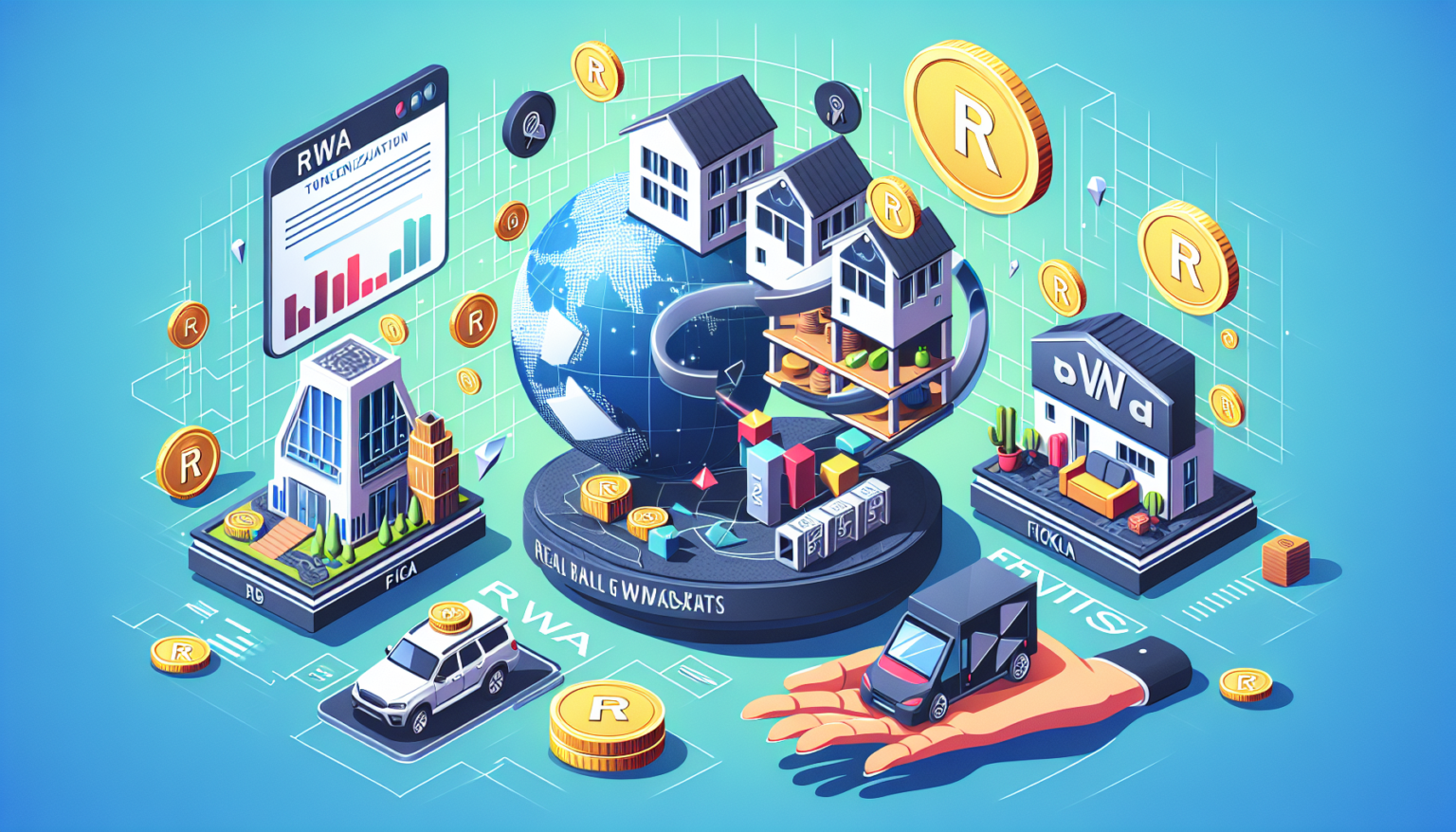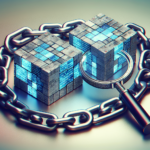Understanding RWA Tokenization
What is RWA?
Real-World Assets (RWA) refer to tangible or intangible assets that have intrinsic value in the physical world. These can include real estate, art, commodities, and even financial instruments like bonds. Tokenization, in this context, means converting these assets into digital tokens on a blockchain, allowing them to be easily transferred, traded, and managed.
The Tokenization Process
Tokenization typically involves several key steps:
1. Asset Identification
The first step in tokenization is identifying the asset that will be tokenized. This could be anything from a piece of real estate to a collection of valuable artwork.
2. Valuation and Documentation
Once an asset is identified, it undergoes a valuation process to determine its market value. Accurate documentation is also vital to prove ownership and authenticity. This paperwork forms the backbone of the tokenization process.
3. Creating Digital Tokens
After valuation, the asset is linked to a smart contract on the blockchain. A smart contract is a programmed agreement that defines ownership and governs transactions. The actual tokens representing fractional ownership are then minted.
4. Listing on a Marketplace
Finally, these tokens can be listed on digital marketplaces, allowing investors to purchase fractions of the asset. This step opens the asset up to a much broader audience and increases liquidity.
The Appeal of Fractional Ownership
Fractional ownership allows multiple investors to own portions of a single asset. This model is particularly appealing for high-value assets that may be out of reach for a single investor.
Accessibility for Investors
One of the most compelling benefits of fractional ownership is how it democratizes investments. For example, a million-dollar piece of real estate might be prohibitive for individual investors. However, with tokenization, multiple investors can each buy a fraction, gaining exposure to the asset without needing to invest a large sum.
Lower Entry Barriers
Tokenization can significantly lower entry barriers for both small and large investors. Instead of being required to purchase an entire asset, investors can buy specific amounts of digital tokens that represent fractional shares. This bolstering of accessibility opens avenues for a diverse range of investors, including retail investors who can now participate in markets previously reserved for institutional players.
Expanding Market Participation
As fractional ownership grows, so does market participation. Investors from various backgrounds and geographic locations can now explore investment opportunities that were once limited to wealthy individuals or institutions. This can lead to a more dynamic and inclusive investment landscape, driving innovation and growth.
Benefits of RWA Tokenization
The combination of tokenization and fractional ownership offers a multitude of advantages.
Liquidity
One of the standout benefits of tokenizing RWAs is enhanced liquidity. Traditional assets, such as real estate, can take weeks or months to buy or sell. In contrast, tokenized assets can be traded on blockchain marketplaces, often in real time.
Quick Transactions
Due to the automation of processes through smart contracts, transactions become much quicker and more efficient. Investors can buy or sell their fractional shares without needing extensive paperwork or middlemen.
Increased Transparency and Security
Blockchain technology provides an immutable ledger, meaning all transactions are recorded transparently and securely. This heightened level of transparency fosters trust among investors.
Audit Trails
The ability to track ownership and transaction history easily eliminates concerns about fraud or mismanagement. Investors can verify their ownership status at any time, creating peace of mind and bolstering confidence in the investment.
Diverse Investment Portfolio
Fractional ownership through RWA tokenization allows investors to diversify their portfolios. Instead of investing all funds into one high-value asset, investors can allocate smaller amounts across multiple tokenized assets.
Risk Mitigation
This strategy helps spread risk. The potential loss is less significant when invested in smaller portions of multiple assets instead of one significant investment. This risk diversification can be particularly beneficial in volatile markets.
Challenges in RWA Tokenization
While the benefits are impressive, challenges exist in implementing RWA tokenization effectively.
Regulatory Compliance
Navigating the regulatory landscape can be complex. Tokenized assets often fall under various jurisdictional regulations concerning securities and property rights, making compliance essential and sometimes daunting.
Legal Framework
Establishing a legal framework that acknowledges the tokenization of RWAs is crucial. Without clear regulations, investors may face legal complications, reducing interest in tokenized assets.
Valuation Difficulties
Accurate asset valuation can be tricky, especially when it comes to illiquid markets where comparable sales data may be scarce.
Market Sentiment
Market sentiment can also affect valuations. What one investor believes to be a valuable piece of art might be perceived differently by another. This discrepancy can complicate the tokenization process and influence investor decisions.
The Future of RWA Tokenization and Fractional Ownership
The landscape of investing is continually evolving, and RWA tokenization represents a significant step forward in enhancing accessibility and participation.
Integration with Other Technologies
As technologies like artificial intelligence and machine learning become more integrated, the valuation and management of assets can improve. Algorithms might help predict asset appreciation and automate buying and selling processes.
Broader Adoption
As awareness of blockchain technology grows, more investors and institutions may embrace RWA tokenization. The advantages, combined with ongoing technological improvements, could lead to more widespread acceptance and integration into traditional finance.
The Role of Education
Education will play a pivotal role in this evolving landscape. As investors learn about the advantages and opportunities in RWA tokenization, they are more likely to explore these investment avenues.
Final Thoughts on the Shift in Ownership Dynamics
RWA tokenization is poised to change how we view ownership and investment. By making assets more accessible and manageable, it supports a new era of fractional ownership that benefits both small investors and large institutions alike. As technology advances and regulatory landscapes evolve, the boundaries of traditional investing continue to blur, allowing for a more inclusive financial ecosystem.








